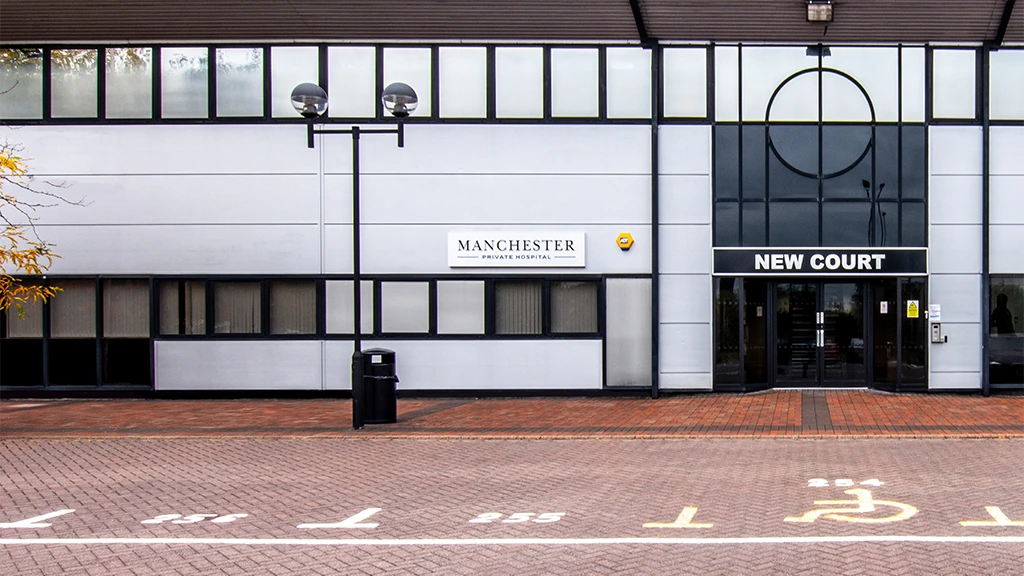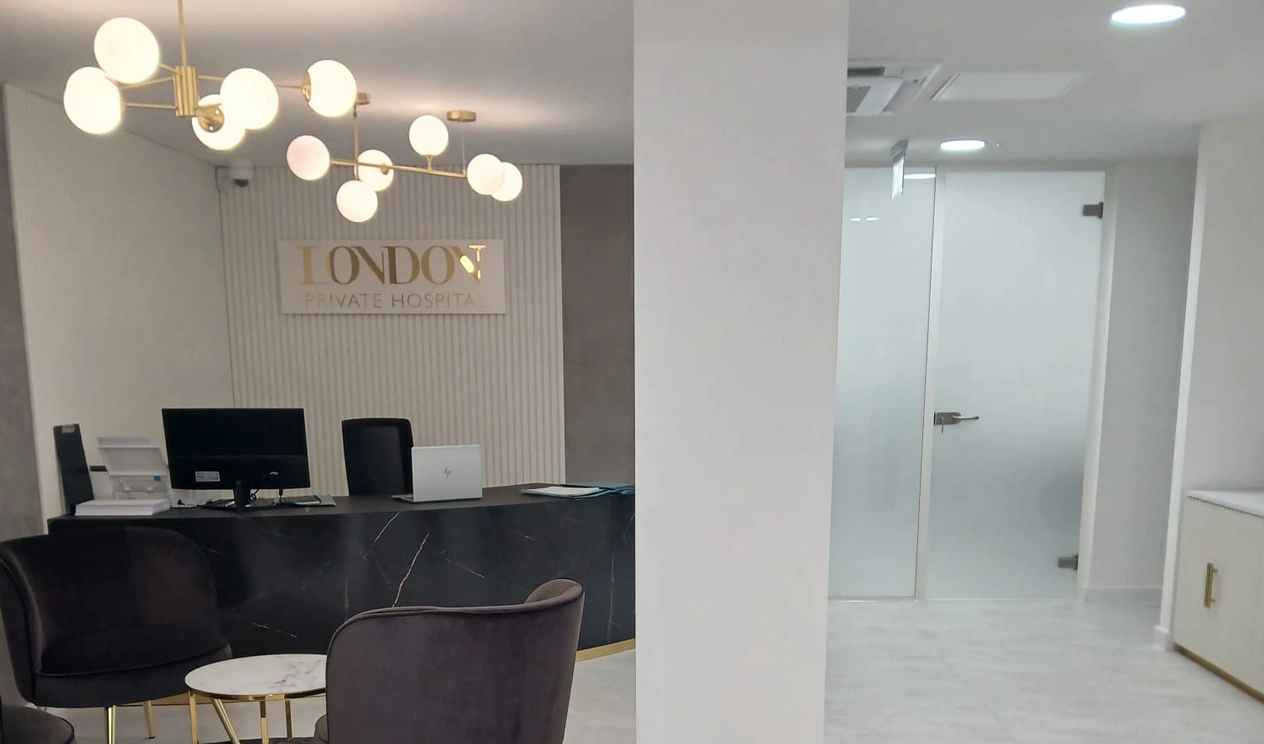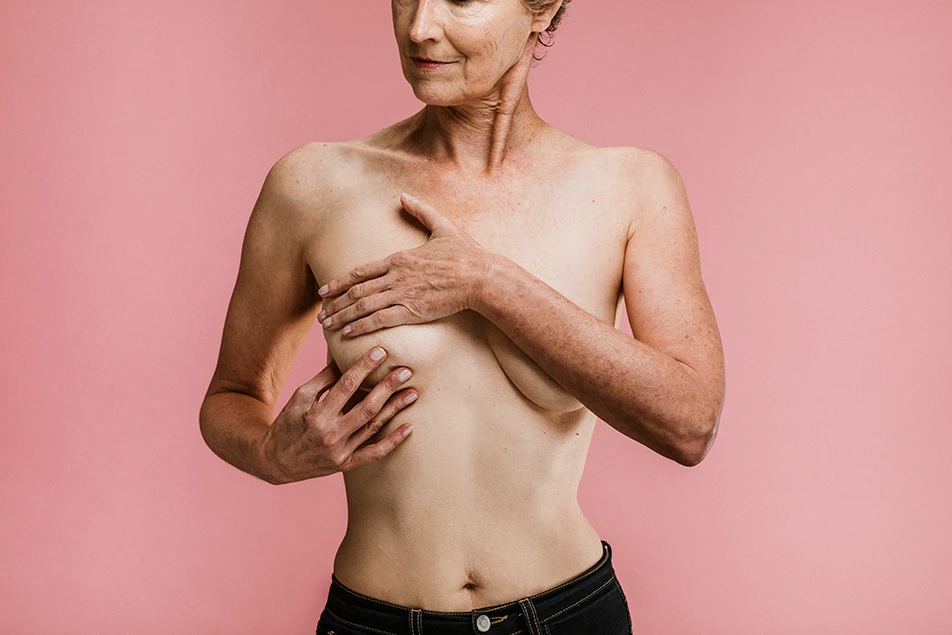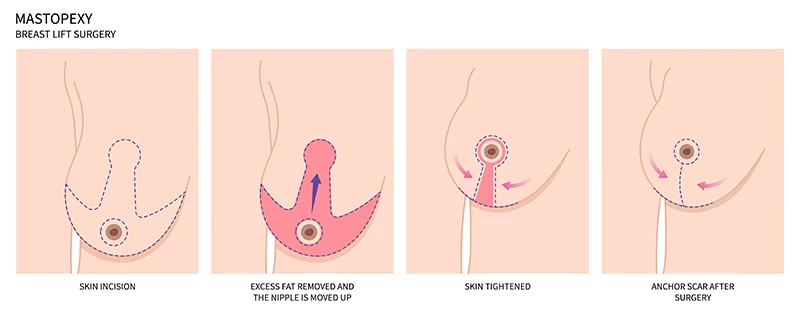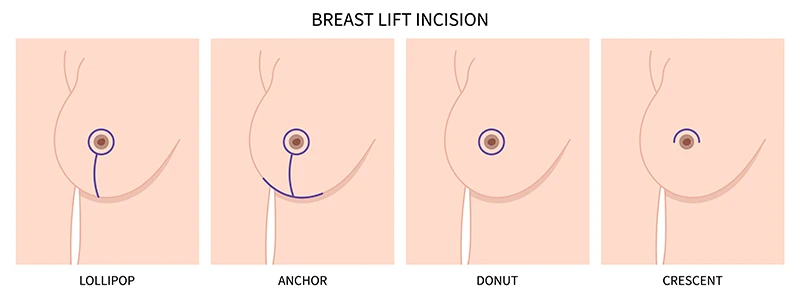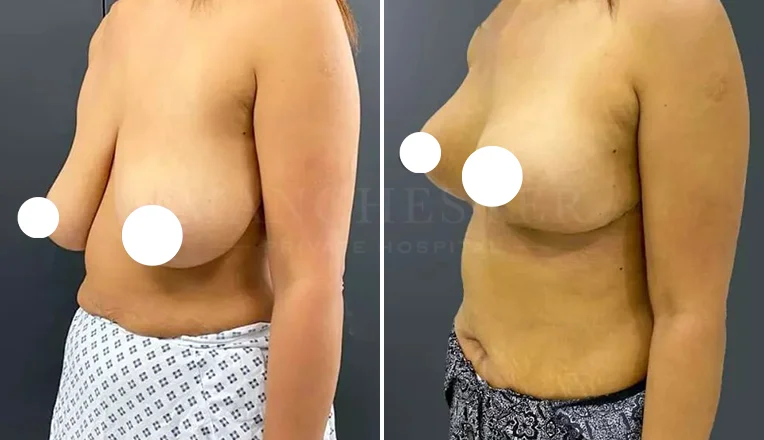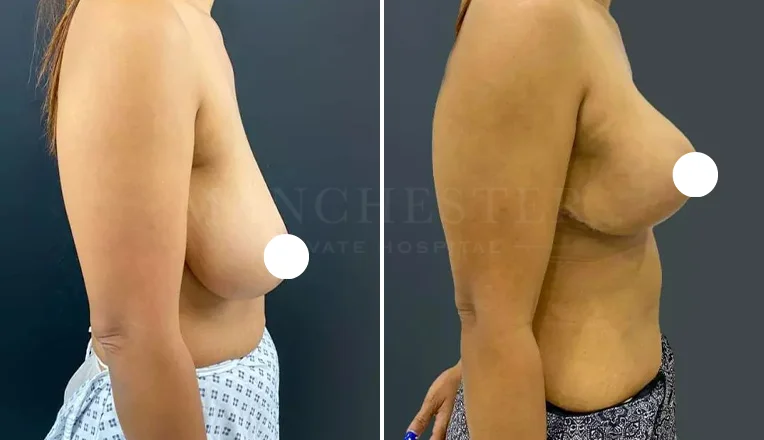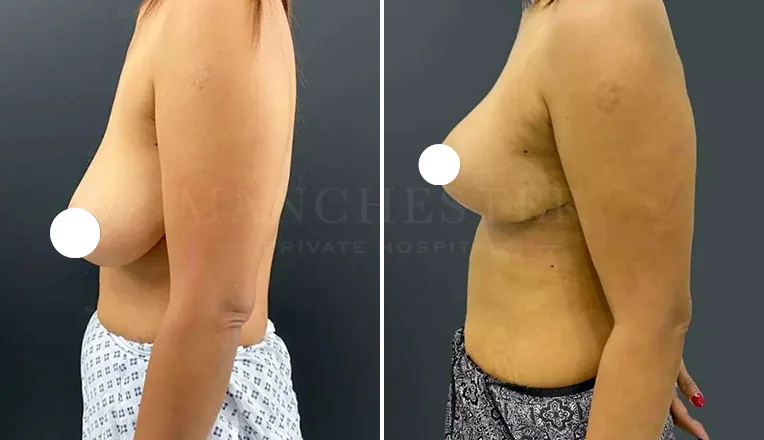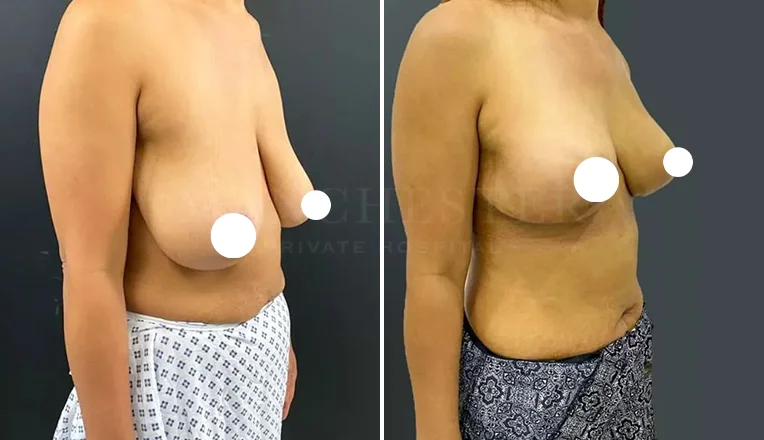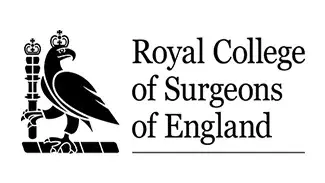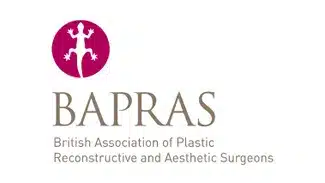This Article Covers:
Mastopexy, also called a breast lift, is a surgical procedure that raises and reshapes sagging breasts to a youthful and firmer position. Although aesthetic refinement is the main focus, just like any procedure, mastopexy scars must also be considered. This guide explains what to expect from breast lift scars, including different types of mastopexy scars from different techniques used in the UK.
What sort of Scars can I expect after Breast Lift Surgery?
For any surgical procedure, scarring is one of the outcomes. This holds true for mastopexy as well. The degree as well as the visibility of the mastopexy scars depends on many variables, like:
- Surgical Technique used
- Healing of the individual
- Skin type
- How well the patient follows the postoperative instructions.
Scar Appearance Over Time and Healing Process
Soon after the surgery, incisions will likely be red or pink. In some cases, they might also be raised. Typically, the mastopexy scars flatten and fade, ranging from a reddish hue to a skin-toned colour. Breast lift scars may take a year to mature fully and are expected to soften and become less visible. Read more on scar healing here.
Factors Influencing Mastopexy Scar Formation
The following items can impact the formation and appearance of breast lift scars:
- Type of Surgery: Different methods of mastopexy will yield different scars. This will mainly impact the shape of the scar due to the different incision being used
- Type of Skin: Darker-skinned individuals or people with a history of keloid scarring are more likely to suffer from noticeable raised scarring and keloids.
- Adherence to aftercare Instructions: Proper and regular wound care, including cleaning and moisturising the area, can enhance healing and reduce scarring. Patients are also asked to wear a supportive sports bra following the procedure.
- Lifestyle Choices: Maintaining a smoke-free, vitamin and mineral-enriched diet can enhance the healing of mastopexy scars.
Types of Scars and Mastopexy
The incision type and location during mastopexy determine the scars that will result. This knowledge is helpful before the surgery in order to anticipate potential changes and in post-operative care.
1. Crescent Lift Scar:
Description: A crescent incision is made on the superior mid-portion of the areola.
Indications: For patients with no to minimal skin sagging. Often done with breast implants.
Scar Appearance: The scar is often placed in the mid-portion of the areola and thus tends to blend well with the surrounding skin.
2. Periareolar (Donut) Lift Scar:
Description: Incision is done around the total circumference of the areola.
Indications: Treats moderate to minimal sagging.
Scar Appearance: The scar is in line with the edge of the areola, so it may not be visible to most people, but can be seen with a closer look.
3. Vertical (Lollipop) Lift Scar:
Description: A combination of two cuts: one along the top perimeter of the areola and the second from the lower border of the areola going down to the breast crease.
Indications: Useful for people with moderate sagging.
Scar Appearance: The scar makes a lollipop shape where the vertical part of the scar goes down the centre of the breast.
4. Anchor (Inverted T) Lift Scar:
Description: Includes three cuts: one at the top border of the areola, the second cut vertical from the bottom of the areola up to the breast crease region, and the third horizontal along the breast crease.
Indications: Good for patients with significant sagging and large breasts.
Scar Appearance: The scars are similar to an anchor, and the horizontal portion is along the breast fold.
Managing and Minimising Scarring after Mastopexy Managing and Minimising Scarring after Mastopexy
Although some degree of scarring is inevitable, the following steps can be taken to aid in decreasing the prominence of scars on the skin:
- Follow Post-Operative Care Instructions: Following your surgeon’s directives regarding wound care, activity limits, and follow-up visits is crucial for a smooth recovery
- Scar Massage: Gentle scar massage can begin two weeks after surgery to assist in breaking down scar tissue and improving the general appearance of the scar.
- Use of Silicone Products: Using silicone gel sheets or silicone creams helps in scar healing by reducing redness. When used correctly, these products can also reduce the lumpiness of the scar following breast lift surgery.
- Sun Protection: Shielding healing scars from the sun is imperative to avoid pigmentation of the scars due to ultraviolet radiation. We recommend using a minimum SPF 40 sunscreen.
- Healthy Lifestyle: Having a balanced diet and not smoking is always beneficial for healing.
Conclusion
Knowing the different types of mastopexy scars you can have, coupled with the factors that influence their development, is critical to achieving realistic goals and a successful aesthetic result. Following aftercare guidelines specific to breast lift surgery, along with scar-minimising techniques, can improve the outcomes and enable patients to reap the advantages of mastopexy surgery.
If you want to learn more about mastopexy and how this procedure can revolutionise your confidence, give us a call today!
FAQ
How long do mastopexy scars take to heal?
Initial healing takes about 2-3 weeks, but scars will continue to fade and mature over 6-12 months. Proper aftercare and scar management can help improve their appearance over time.
Can mastopexy scars be completely removed?
No, mastopexy scars are permanent, but they typically fade significantly over time. Treatments like silicone sheets, laser therapy, and scar creams can help minimise their visibility.
How can I reduce the appearance of my mastopexy scars?
To improve scar healing and reduce visibility:
- Follow post-op care instructions carefully.
- Use silicone gel or sheets.
- Avoid excessive sun exposure.
- Consider treatments like laser therapy or micro needling if needed.
Will my scars be visible in a bikini?
This depends on the incision type and your natural healing process. Periareolar and vertical scars are usually well-concealed, while anchor scars may be slightly more noticeable in certain swimsuits.
Do all patients heal the same way?
No, healing varies based on skin type, genetics, and aftercare. Some people are more prone to developing thick scars, such as keloids or hypertrophic scars.
When should I be concerned about my scars?
If you notice excessive redness, swelling, pain, or thick, raised scars, consult your surgeon. Infections or abnormal scar formation may require additional treatment.
Can I get a breast lift without noticeable scars?
Non-surgical options like radio-frequency skin tightening or thread lifts exist but provide limited lifting effects. Surgical lifts offer the most significant results, but scars are an unavoidable part of the process.
Breast Uplift Before and After Gallery
Read Our Patient Reviews
Explore our reviews made by real patients
Meet Our Expert Surgeons
Get to know our highly experienced surgeons
Consultation Locations
We offer Consultations from a number of locations around the UK
Prices and finance
We have partnered with Chrysalis Finance, allowing patients to apply for cosmetic surgery finance for all our procedures
Consultation Locations
Manchester Hospital
Manchester Private Hospital New Court, Regents Place, Windsor
Street Salford, Greater Manchester, M5 4HB.
